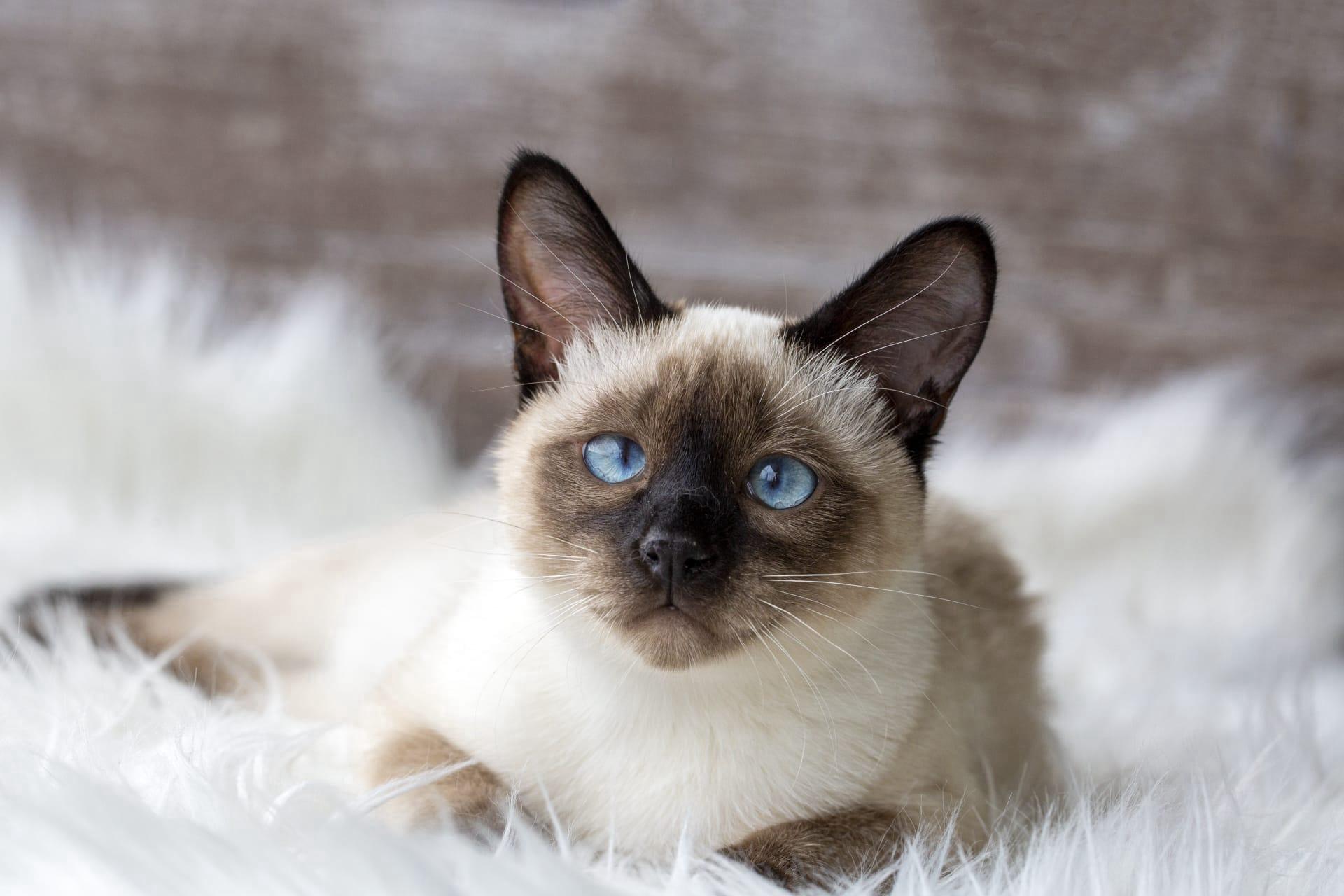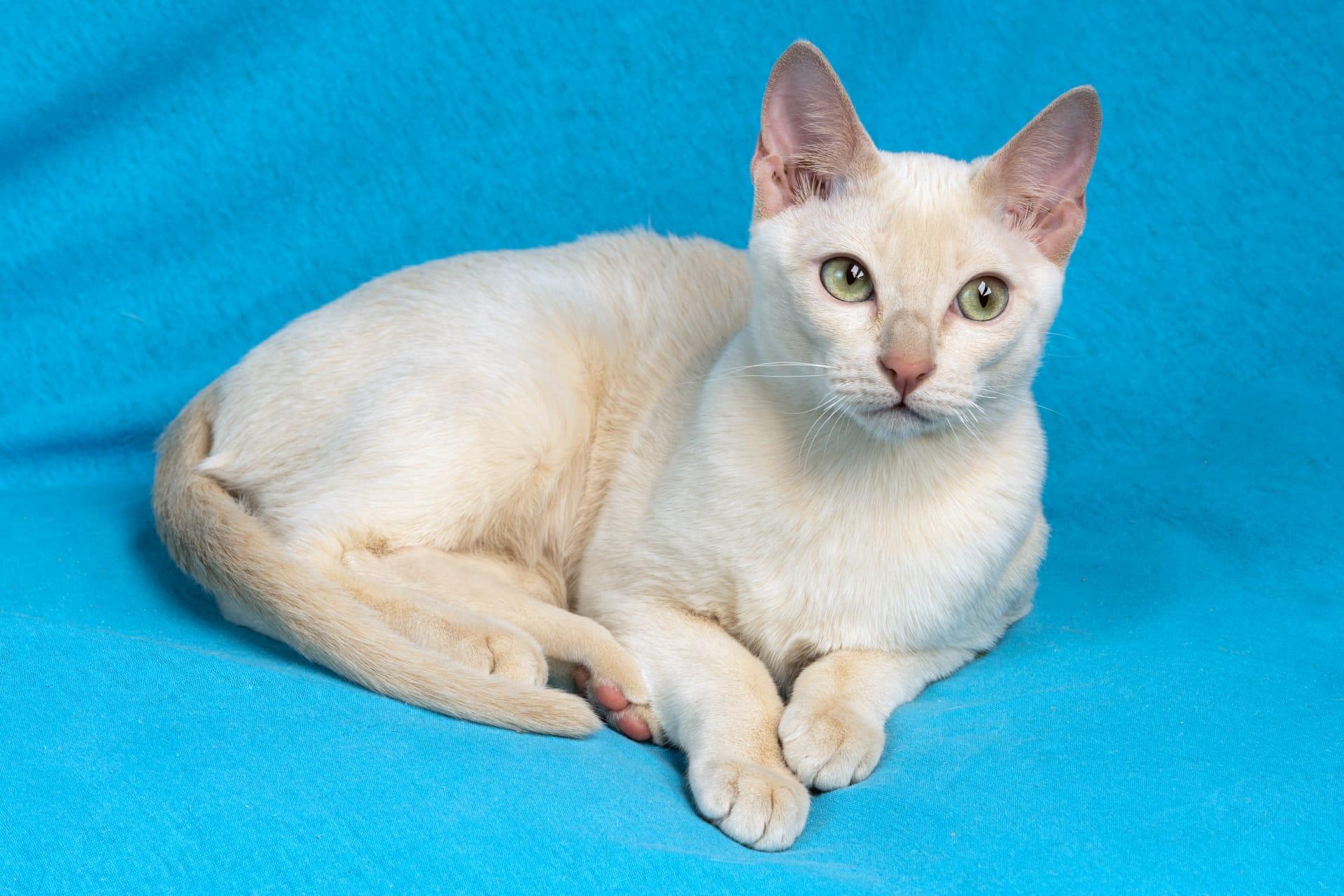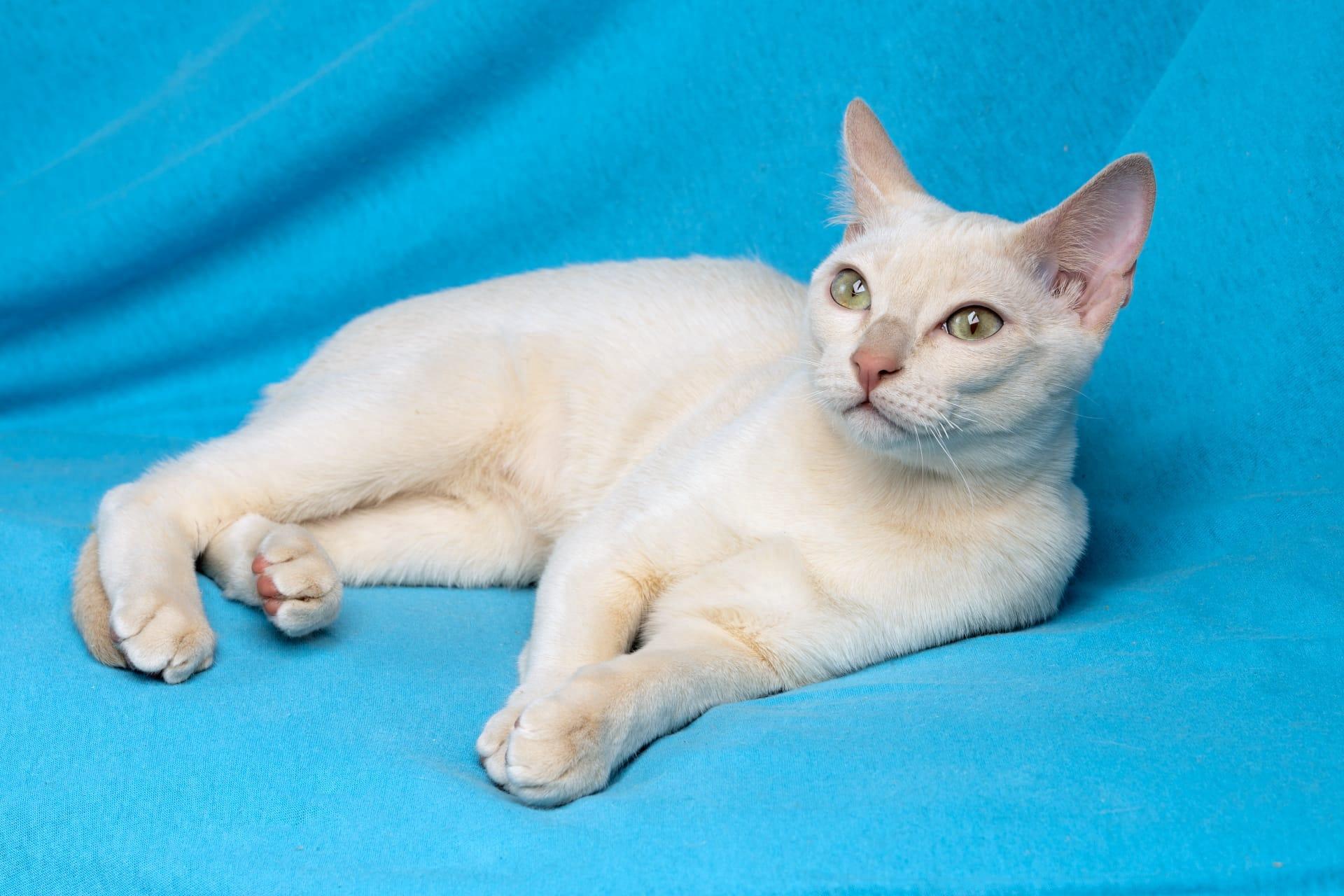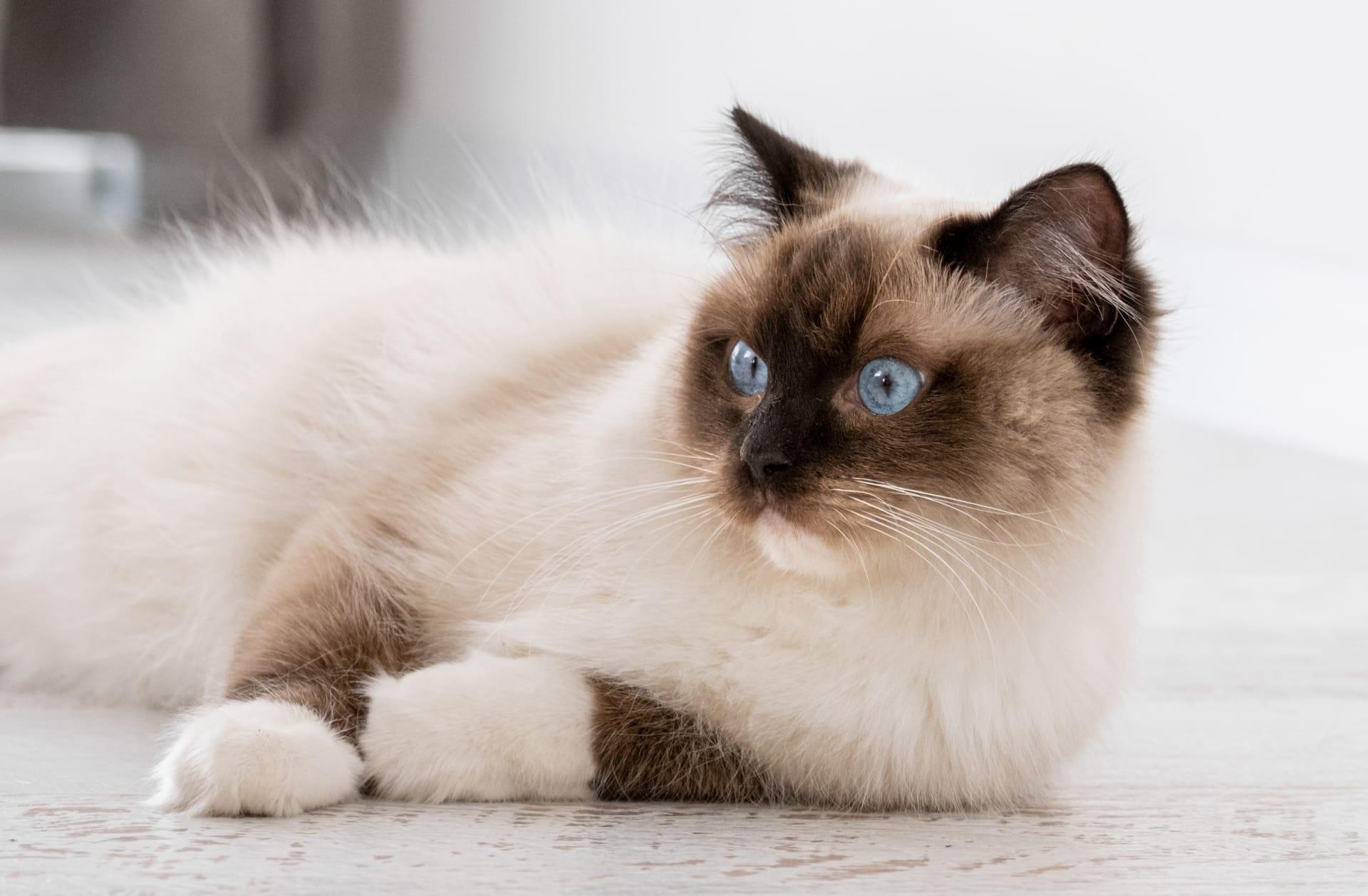Tonkinese Cat Trivia
- Home /
- Trivia Question /
- Animal /
- Tonkinese Cat Trivia
1
Question: What is the origin of the Tonkinese cat, and how did it get its unique blend of features?
Answer: The Tonkinese cat is a crossbreed between the Siamese and Burmese breeds, emerging in the mid-20th century. This blend gives the Tonkinese its distinctive point coloration, muscular build, and striking aquamarine eye color. Initially bred in Canada and the United States, this cat is renowned for its social and affectionate nature, combining the Siamese's vocal tendencies with the Burmese's sweet temperament. The breeding aimed to create a cat with a moderate body type, avoiding the extremes of its parent breeds.
Question: How do the coat colors and patterns of Tonkinese cats vary, and what are the genetic influences behind them?
Answer: Tonkinese cats have a unique coat that comes in a variety of colors and patterns, influenced by their Siamese and Burmese heritage. Their coat colors include natural mink, champagne mink, blue mink, and platinum mink, each with varying degrees of shading and a gradient effect. The patterns can be solid (like Burmese), pointed (like Siamese), or mink (a blend of both). The genetics behind these variations involve the C locus, which affects albinism, allowing for the temperature-sensitive coloration on their ears, face, paws, and tail.

2
Question: Is it true that Tonkinese cats require less grooming than other breeds?
Answer: Yes, it's somewhat true. Tonkinese cats have a short, dense, and silky coat that requires minimal grooming compared to longer-haired breeds. Weekly brushing is usually sufficient to remove loose hair and maintain the coat's natural sheen. However, like all cats, they benefit from regular ear checks and nail trims. Their low-maintenance grooming needs make them an ideal choice for individuals seeking a relatively easy-to-care-for pet.
Question: Do Tonkinese cats always have blue eyes?
Answer: No, this is a common misconception. While the Tonkinese breed does inherit striking eye colors from its Siamese ancestry, their eye color can range from bright blue to green or even aquamarine. The specific color often correlates with their coat pattern—pointed coats may have bluer eyes, while mink patterns usually feature aquamarine eyes. The variation in eye color adds to the unique charm of each Tonkinese cat.

3
Question: What is the average lifespan of a Tonkinese cat, and how can it be extended?
Answer: The average lifespan of a Tonkinese cat is around 15 to 18 years, but with proper care, some can live into their early 20s. Extending their lifespan involves a balanced diet, regular veterinary check-ups, maintaining a healthy weight, and ensuring they have plenty of mental and physical stimulation. Indoor living can also contribute to a longer, healthier life by protecting them from outdoor hazards.
Question: Are Tonkinese cats suitable for families with children?
Answer: Absolutely. Tonkinese cats are known for their playful, affectionate nature and adapt well to families with children. They are social creatures that enjoy interaction and can form strong bonds with all family members. Their moderate energy level and sturdy build make them patient and tolerant pets, capable of handling the playful antics of gentle children. Proper socialization and teaching children how to interact with cats respectfully are essential for a harmonious relationship.

4
Question: Can Tonkinese cats live comfortably in smaller spaces, such as apartments?
Answer: Yes, Tonkinese cats can thrive in apartments due to their adaptable nature. They do not require large outdoor spaces to stay happy and healthy but do need sufficient vertical space for climbing, scratching posts, and interactive toys to keep them engaged. Providing a stimulating environment with plenty of opportunities for play and exploration can ensure a Tonkinese cat remains content in a smaller living space.
Question: How do Tonkinese cats communicate with their owners?
Answer: Tonkinese cats are quite vocal and use a range of meows, chirps, and purrs to communicate with their owners. They may meow to greet you, chirp when they're curious or excited, and purr as a sign of contentment. These cats are also very expressive through body language, using their ears, tail, and eyes to convey their feelings. Understanding these vocal and non-vocal cues can greatly enhance the bond between a Tonkinese cat and its owner.

5
Question: What health issues are Tonkinese cats prone to, and how can they be prevented?
Answer: Tonkinese cats are generally healthy, but like all breeds, they can be prone to certain health issues, such as gingivitis, heart problems like hypertrophic cardiomyopathy, and respiratory issues in early life. Preventative measures include regular dental care, annual health check-ups with a vet to catch any early signs of disease, and a diet that supports overall health. Genetic testing of breeding cats can help reduce the incidence of inherited conditions.
Question: What makes Tonkinese cats particularly good companions for older adults?
Answer: Tonkinese cats make excellent companions for older adults due to their affectionate and moderately active nature. They provide companionship without the high energy levels of some other breeds, making them easier to care for. Their social demeanor means they seek out human interaction, offering comfort and reducing feelings of loneliness. Additionally, their playful yet gentle personality can bring joy and stimulation to an older adult's daily routine, promoting a positive and active lifestyle.